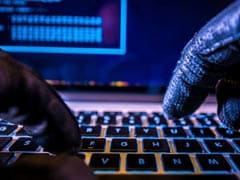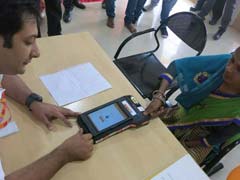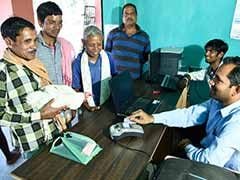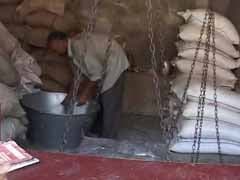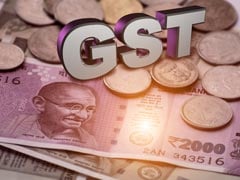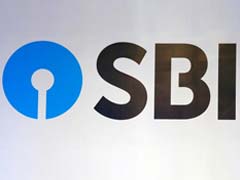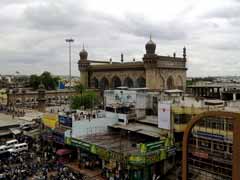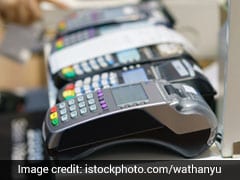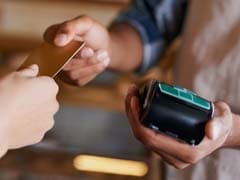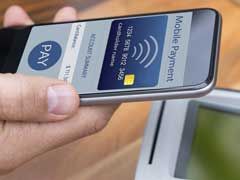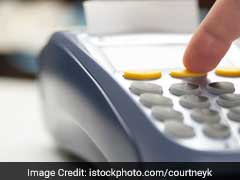- Cashless Bano India/
- Features
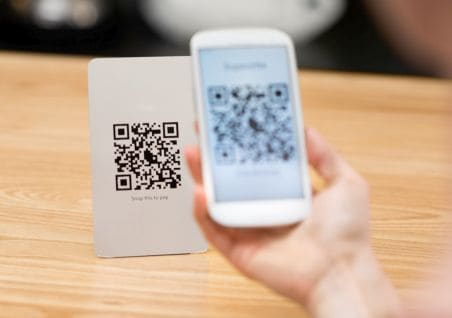
NDTV along with MasterCard is launching a multi-platform campaign “Cashless Bano India”, to create digital awareness and educate the masses about digital payment solutions for day to day transactions.
The campaign aims to take the message of a cash free India to the country, and will charter a blue print which can help all stakeholders to become a part of the digital revolution.
It also focusses on the steps we need to take to ensure digitisation reaches the common man, and what are the problems which each one of us face on day to day basis?
We aim to reach out to people and educate them on:
1). Digital and financial literacy
2). New generation digital payment solutions
3). Enabling merchants and consumers to understand and adopt secured and safe payment Solutions
4). Ease of usage at point of sales



